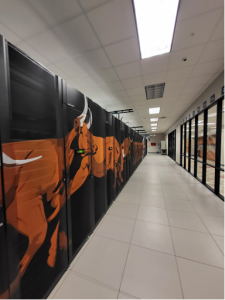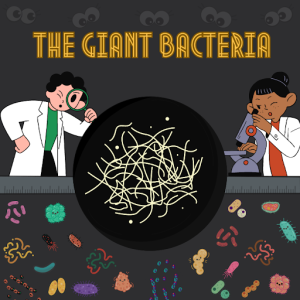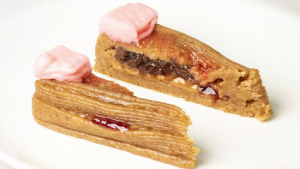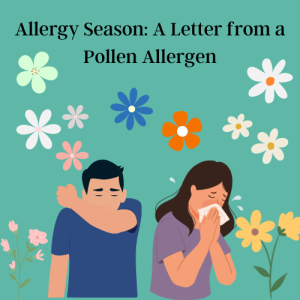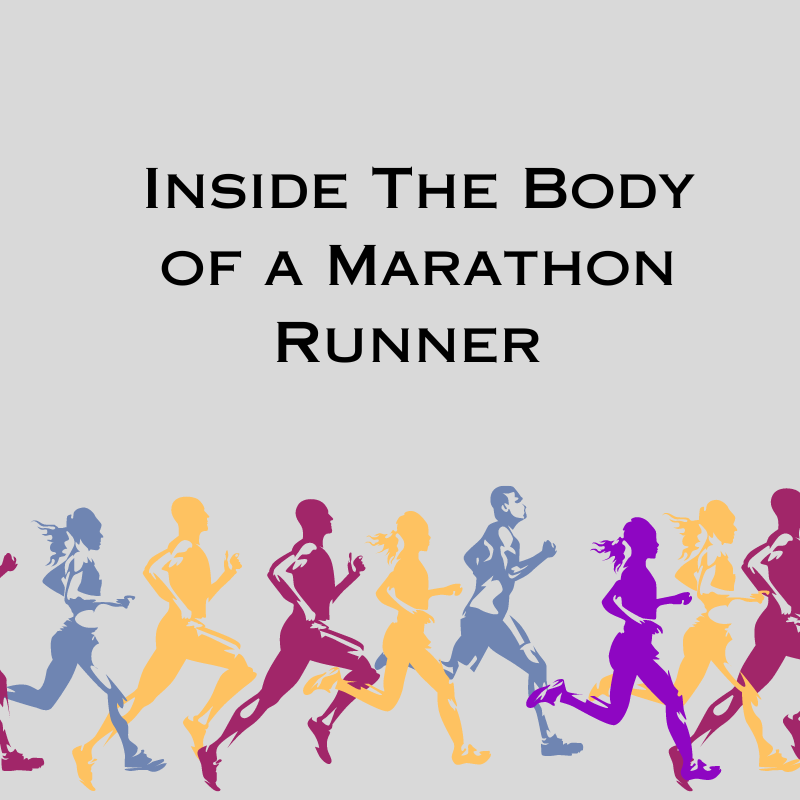Unveiling the Powerhouses of Supercomputing: Exploring Supercomputers and their Enigmatic World
By Mohammad Firas Sada and Sean Cummings, Illinois Institute of Technology
Prepare to enter the extraordinary domain of supercomputers, where computational marvels take center stage. These technological powerhouses are renowned for their ability to perform intricate calculations and handle vast amounts of data with unparalleled efficiency. But what sets them apart from personal computers? Why do we need these extraordinary machines, and why do specialized supercomputer centers exist? Join us on a fascinating journey as we unravel the mysteries of supercomputing and delve into the captivating world of the FABRIC KNIT6 Testbed Workshop at the Texas Advanced Computing Center (TACC).
